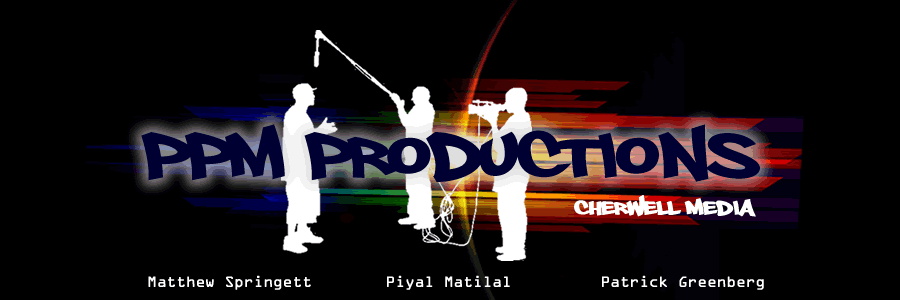Ok when researching for theories, I came across www.alevelmedia.co.uk. Which had a breif discription of media theories. However not all of them are to do with film. So here is a breif outline of them, in further posts I will expand in more detail the relevant theories.
Coates - Examined that there are 4 ways to understand a society (linked to ideology)
Cohen, S - Coined the term moral panic in 1972 - Media was often seen as the trigger for a decline in moral standards in society
Corner, John - Examined the process of realism within media texts
Defleur - Development of the hypodermic needle effect - he stated that it was dependent on the psychology of the individual (psychodynamic)
Dutton - Developed an extension of Galtung & Ruge's news values - 12 most significant
Eisenstein - Developed the form of film with his use of montage
Fiske - Stated that there are 5 factors that determine the social position of an audience
Galtung & Ruge - Process of gate keeping and news values - to define how editorial choices are made
Gauntlett - He challenged the effects model on audiences and has investigated the impact of web 2.0 on identity and audiences. Media Studies 2.0
Gillmor - The notion of audience revolution in the construction of their own media products (we media)
Gramsci - That dominant ideologies can change over time, moving away from heritage and tradition if enough audiences/groups enforce their own discourse (we media)
Grossman - Examined the effect of video games on audiences
Hall, Stuart - Mediation is the process by which all media products are read by audiences. Theories of representation linked to encoding and decoding. Types of readings
Hartley, John -The idea that there is a 360 degree consumption. Saturation of the media for modern audiences. An advocate for media literacy. 7 Factors can affect audience interpretation of a text.
Kaplan - Feminism - defined women as a distinct group in two approaches - essentialist approach and anti-essentialist approach (women constructed by male society)
Kutner & Olsen - Conducted research into the effects of video
Leiss, Kline & Jhally - Developed 4 formats for advertising
Lyotard, JF - Developed concept of postmodernism - Media texts are self aware, independent from modernism and able to pick and mix meaning from real life and vice versa.
Marshall - Examined the changing relationship between games and movies (2004)
Marxist - The idea that Media and mass communication supports the ruling class/governments by reinforcing their ideology. Ideals and cultures can be enforced upon the masses.
Maslow - Created a hierarchy of needs (pyramid with 5 descriptors originally although developed), useful when examing advertising.
Mayers, R - Author of Robohog and shameless promoter of his work on his own websites, including this one.
McLennon - Developed theory of ideology and that 3 conditions needed to be present.
McQuail - examined models of communication - including modes through the media and how processes have changed. Developed models of society out of Marxist theory. Claimed there are 4 methods for measuring audiences.
McShane - Highlighted 5 points/methods that journalists follow
Meehan - Study of feminist representation in the 1970s - useful to contrast to modern day studies.
Morley - Stated that the position and interpellation of media groups affects how texts are decoded
Mulvey -Feminist Theory - the concept of women as objects in media and men as subjects. Contested in some modern films/adverts of today
Neale - Identified genres by their use of audience expectations and common conventions
O'Brien, W - Conducted a study into the development of 3rd generation gaming through historical commentary
Parkin - Examined audience positioning when looking at readings of media texts - dominant, negotiated, oppositional.
Perkins - Representation - Gave argument that the use of stereotypes can be good, that stereotypes can change and even be positive (1979)
Propp, V - Examined the importance of character within narrative after studying classic folk tales - 32 character profiles
Saussure - Concept of semiotics and language (linguistics) 1974 - the extended connotations of within a cultural system
Tapscott & Williams - Linked Web 2.0 to a new strand of economics (wikinomics, 2006)
Todorov, T - Identified 5 stages of narrative/story and the notion that plots have a circular narrative. Equilibrium and Disequilibrium. (film)
Tudor -Defined and categorised the types of montage used by Eisenstein
Williams - Identified 3 core characteristics in Drama and also categorised 9 forms of the TV programme.
Researcher MS

No comments:
Post a Comment